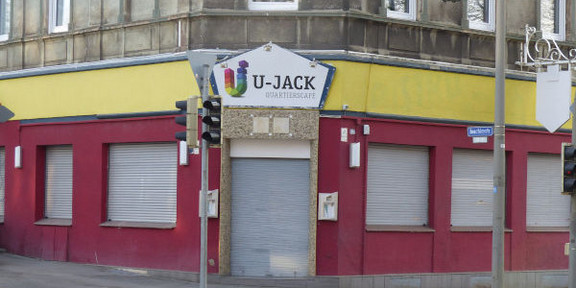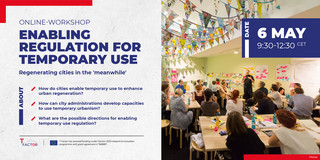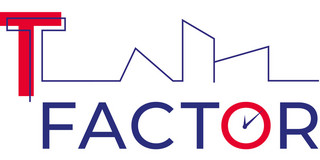T-Factor project publishes first research findings in Advanced Cases Portfolio

The T-Factor project investigates the potential of temporary use in the context of urban regeneration processes with a view to the dimensions of citizen participation and other aspects of sustainable urban development. In a first step, a study was conducted to investigate the uses and effects of vacant buildings and land for creative and cultural activities. A total of eight urban redevelopment projects in Europe, North America and Asia were examined in various city districts in Barcelona, Dortmund, Florence, London, Lodz, Marseille, New York and Shanghai. The study illustrates the possibilities of meanwhile uses to increase the quality of life and diversity in cities. Among other things, it shows how skate parks, skip gardens, artist residencies, performing arts venues and workshops have opened up existing and emerging needs and opportunities of and for citizens. The research shows that meanwhile uses can increase the value of masterplans and the effectiveness of urban regeneration processes. The strong focus on infrastructure is still predominantly the mainstream in European urban planning today, whereas a focus on more participatory approaches can create significant added value for citizens.
As the report points out, meanwhile uses in urban regeneration are in many ways a win-win strategy:
- Meanwhile uses allow flexibility within the masterplan and urban regeneration, enabling a deeper understanding of the context of interventions before permanent uses and functions are established.
- They support collaboration and pooling of resources between different public and private actors, leading to better and more effective investments.
- They also open up the view for suitable opportunities within long-standing master plan processes to respond to different needs and target groups.
- They overcome and bridge the perception of decay and abandonment of certain places in the city by reactivating the place through creative interaction between people.
- Most importantly, meanwhile uses are often a tool for capacity building in neighbourhoods through innovative participation and legitimisation of change in our urban fabric along shared goals and aspirations.
The study also points out the risks associated with meanwhile uses as temporary practices. These include, among others, the exclusion of people who may not be engaged in the process. On the other hand, there may also be an appropriation of the generated value and effects by a few actors and thus possible conflicts in the context of establishing permanent uses.
In summary, it can be shown that the concept of meanwhile uses is on the rise throughout Europe. More and more vacant buildings, land and unused spaces are serving as temporary sites for co-creative experiments that unleash a variety of innovative, cultural, social and entrepreneurial activities. These initiatives typically contribute strongly to building community-based approaches to reshape the social, cultural and economic fabric of an area under redevelopment. In many cases, they are well positioned to become permanent components of the local landscape and act as prototypes for future neighbourhoods and areas.
The Social Research Centre conducted a case study on the "Urban Regeneration Rheinische Straße and Dortmunder U" as part of T-Factor. The results of this study are part of the "Advanced Cases Portfolio". In addition, the study is summarised in the working paper "Dortmunder U and Union Quarter - The Role of Meanwhile Uses in Urban Regeneration":
Castro, Alejandra; Wascher, Eva (2021): Dortmunder U and Union Quarter - The Role of Meanwhile Uses in Urban Regeneration. TU Dortmund University, dx.doi.org/10.17877/DE290R-22049 .
Presentation of the results
On 8 June, the T-Factor project will present the results of the Advanced Cases Portfolio at a public online event. The selected T-Factor Advanced Case Studies will be highlighted and further examples of successful urban regeneration will be presented. More information and the event’s full programme is available here.
Links
- Project homepage T-Factor
- Publication "Advanced Cases Portfolio"
- Working Paper "Dortmunder U and Union Quarter - The Role of Meanwhile Uses in Urban Regeneration"




![[Translate to English:] [Translate to English:]](/storages/zentraler_bilderpool/_processed_/a/f/csm_Kontakt_b86e8d8ecc.png)


